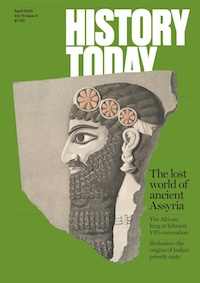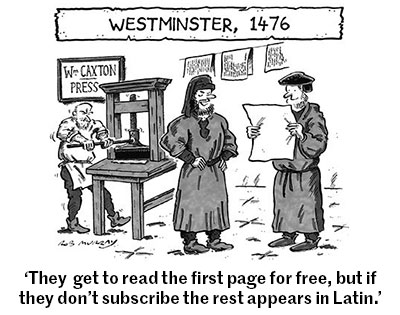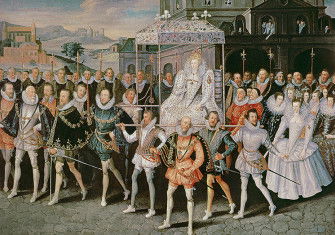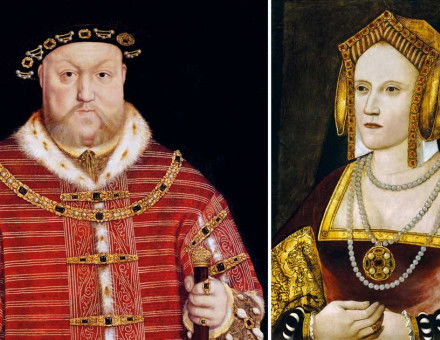Bloody Mary and the Missing Heir
A male heir might have saved Queen Mary’s reign, and changed the shape of global Catholicism for good.
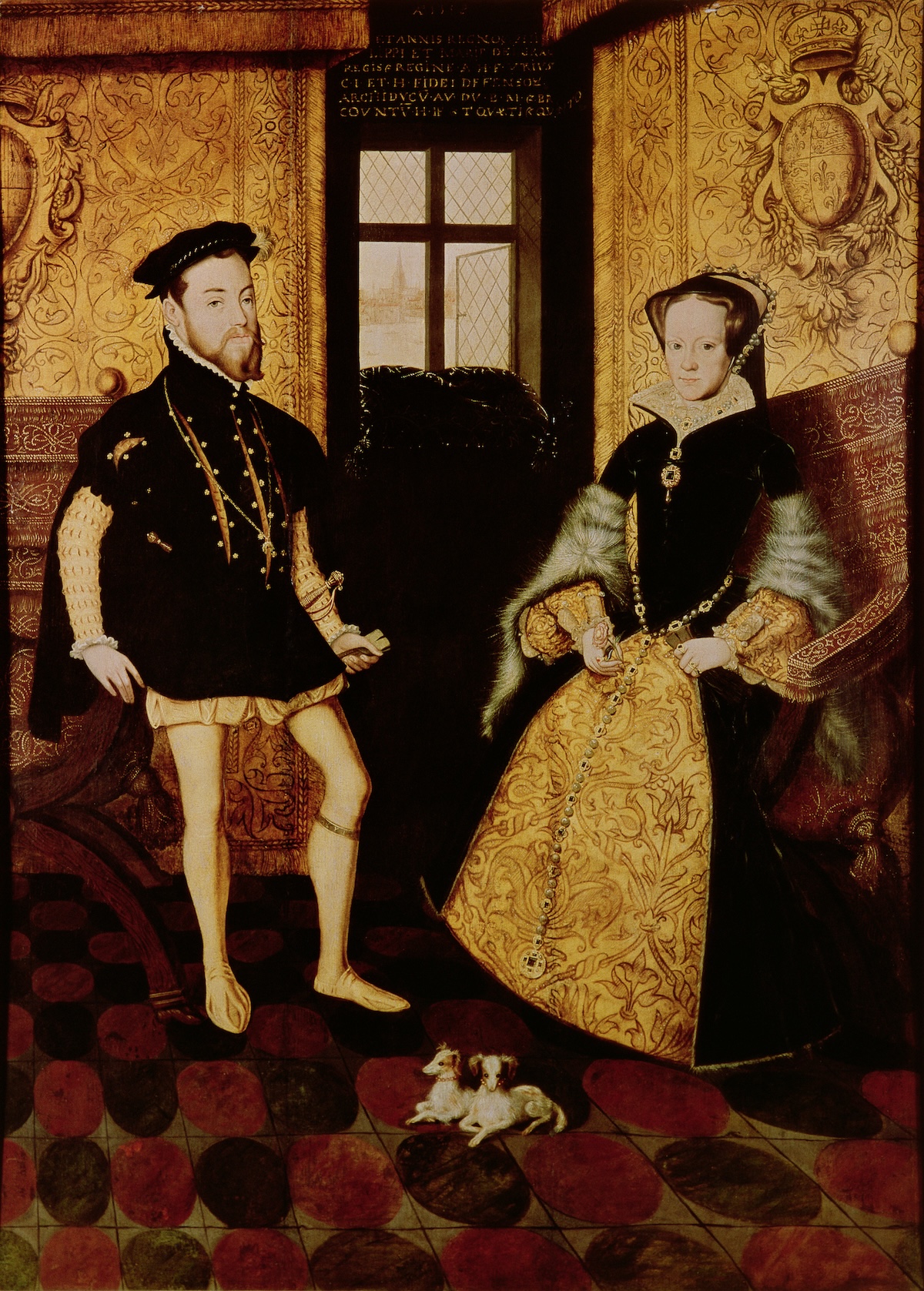
In late April 1555 London erupted with joy at the rumour that Queen Mary I – ‘Bloody Mary’ – had finally given birth to a son. The whole city celebrated. According to the Venetian ambassador Giovanni Michiel, shops were shut, church bells were rung, inns handed out wine and food ‘to whoever wanted’, and bonfires were lit in the street.
It was the news everyone had been waiting for. Since coming to the throne two years earlier, Mary had been desperate for an heir. For the Tudors, succession had always been a worry. Her father, Henry VIII, had famously struggled to have a son – so much so that he had torn England apart in the process. And even then, it hadn’t been enough. Mary was only queen because her sickly brother, Edward VI, had died in his teens. But for her, it had an added importance. Mary needed a son to secure not just her throne, but also her faith. As a Catholic she was bitterly opposed to Edward’s religious reforms and was determined to restore the pope’s authority. Unless she produced an heir, the crown would pass to her Protestant half-sister Elizabeth.

